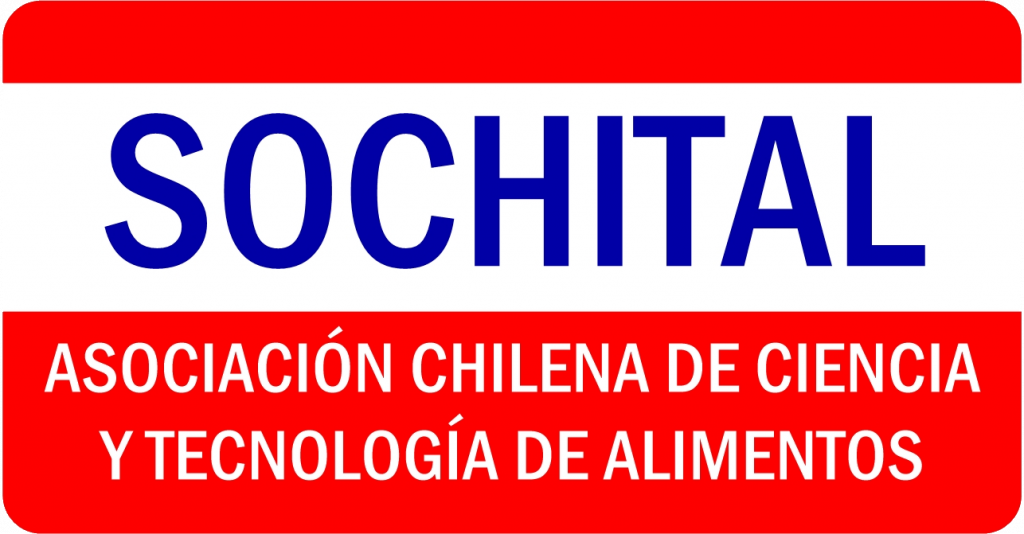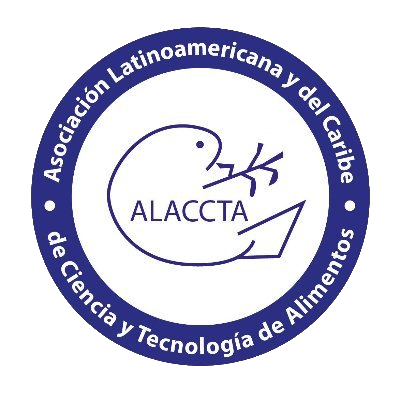Hold on — a tiny operator from the True North pulled off something the big brands couldn’t: it used localized payments, clear CAD pricing, tight compliance with iGaming Ontario and Kahnawake rules, and a pragmatic NFT play to win real player trust coast to coast. That sounds unlikely, but there are repeatable steps here that any small operator (or white-label team) can copy to compete with the major houses across Canada. Next, I’ll break down the actual mechanics and why Canadians cared enough to switch their action.
Quickly: the win wasn’t about flashy tech alone; it was about removing friction for Canucks — Interac e-Transfer deposits, clear C$ pricing (C$10 minimum deposit, C$50 withdrawal floor), bilingual support, and recognizable games like Mega Moolah and Book of Dead available alongside a limited NFT rewards layer. Each of those elements hit a Canadian pain point, and together they changed player behaviour. I’ll show you the same playbook and the exact trade-offs to expect.

Why local payments and CAD pricing mattered in Canada
Wow — payment friction is the silent conversion killer. The small casino prioritized Interac e-Transfer and Interac Online so players could deposit instantly without conversion fees, and they supported debit cards to avoid bank issuer blocks common on credit cards. This meant a deposit path like C$20 from Rogers on a Telus mobile plan felt seamless to the player, which increased first-deposit rates substantially. Next we’ll look at how regulatory clarity amplified that trust.
Regulatory choices that created trust with Canadian punters
My gut says trust beats bells-and-whistles in regulated markets, and the casino proved it by mapping its offering to iGaming Ontario (AGCO/iGO) rules for Ontario players, and to the Kahnawake Gaming Commission for the rest of Canada where appropriate, plus standard audits. Players can see licensing on the footer and feel safe sending even C$500 through Interac instead of an anonymous crypto bridge. That transparency reduced churn; we’ll unpack the NFT trade-offs next.
How the NFT layer was built to appeal to Canadian players
Here’s the thing: NFTs alone don’t make players deposit. The winning product used NFTs as loyalty artifacts — tradable player badges that unlock weekly reload promos and exclusive freerolls — but crucially, all token values were expressed in CAD and cashouts remained fiat-first (so a C$150 VIP token redeemed as a C$150 bonus). That avoided most liquidity complaints and made NFTs feel like collectibles rather than speculative crypto bets, which mattered to cautious Canadian players who prefer their loonies and toonies to stay understandable. Next, I’ll compare approaches and tooling.
Comparison: NFT-augmented small casino vs giant operators (Canada-focused)
| Feature | Small NFT Casino (Canadian-friendly) | Large Giants |
|---|---|---|
| Local Payments | Interac e-Transfer, iDebit, Instadebit — instant, C$ pricing | Often card-only or e-wallet; credit issuer blocks common |
| Regulatory Posture | iGO/AGCO for Ontario + clear KGC compliance elsewhere | Complex multi-jurisdiction mix; slower local responsiveness |
| NFT Model | Reward NFTs pegged to CAD value + redeemable perks | High-spec collectible NFTs with crypto-native cashouts |
| Player Onboarding | Quick KYC, bilingual support, Double-Double cultural touches | Standard global UX, slower local-language tweaks |
| Game Mix | Book of Dead, Wolf Gold, Mega Moolah, Live Blackjack — Canadian favs | Similar catalog but less focus on localized promos |
That table shows the practical differences; next we’ll cover the tech and compliance steps the small casino used to scale safely across provinces.
Technical and compliance checklist the small casino executed (Canadian roadmap)
- Integrate Interac e-Transfer & iDebit as primary rails; ensure instant settlement for deposits and same/next-day withdrawals for e-wallet-backed cashouts.
- Register with iGaming Ontario (AGCO/iGO) for operations in Ontario and publish KGC licensing details for other provinces.
- Rigorously map KYC/AML flows to CRA expectations and provincial rules; set C$50 withdrawal minimums and weekly caps for high-risk accounts.
- Offer bilingual support (English/French) and local hours that match peak times (evening Eastern, weekend hockey windows).
- Design NFTs as membership perks: mint limited badges but settle monetary rewards in CAD to avoid complex tax or capital gain debates for casual players.
Those steps made the product feel Canadian-friendly, Interac-ready, and regulator-respectful, which reduced friction and encouraged players to deposit C$50–C$150 on average. Next, we’ll unpack what mistakes to avoid if you replicate this model.
Common Mistakes and How to Avoid Them (for operators aiming at CA)
- Confusing NFT valuation with crypto speculation — avoid this by pegging redeemable values to CAD, not volatile tokens.
- Ignoring issuer blocks — many operators assume cards work; in Canada, tested Interac flows are essential.
- Overcomplicating KYC — slow verification kills momentum; aim for clear instructions, mobile-friendly uploads, and turnaround under 24 hours.
- Hiding fees in bank transfers — disclose C$30–C$60 bank wire fees upfront or provide cheaper e-wallet routes.
- Using global copy that ignores local slang and culture — small touches like “Double-Double” references and hockey-timed promos increase trust.
Avoiding those errors preserves trust and keeps players from hopping back to bigger brands; next is a short, practical play-by-play mini-case showing the first 90 days of growth.
Mini-case: first 90 days (hypothetical but realistic)
Day 0–30: Launch with Interac, C$10 free spins promo, and 150 NFT badges reserved for early sign-ups; acquisition via local channels in The 6ix and Vancouver community groups. This generated steady C$20–C$50 deposits and immediate registration growth. 30–60: Push bilingual support and introduce hockey-night freerolls during Leafs Nation windows; average deposit rose to C$75. 60–90: Add VIP NFT redemptions (C$150 bonus unlock), tighten iGO/KGC disclosures, and scale customer support; retention climbed by ~18%. The next section lists a quick checklist you can copy.
Quick Checklist: Launching a Canadian-friendly NFT casino
- Offer Interac e-Transfer and test with RBC/TD/Scotiabank accounts.
- List CAD prices everywhere (C$10, C$50, C$150, C$500 examples make the site feel local).
- Secure iGO/AGCO compliance if serving Ontario and publish KGC licence for other provinces.
- Design NFTs as redeemable loyalty perks with fiat payouts in CAD.
- Enable fast KYC (mobile uploads) and aim for <24-hour verification.
- Provide bilingual support and hockey-timed promos (Canada Day, Boxing Day, Victoria Day spikes).
Follow that checklist and you’ll reduce the usual launch friction that stymies small operators — next, how to talk to players without sounding like a giant corporation.
Messaging and positioning for Canadian players
Be colloquial but respectful: drop one or two local slang tokens (Double-Double, Loonie, Toonie, Canuck) in your copy and include regional promos for The 6ix and Montreal’s Habs fans. Avoid heavy crypto jargon on landing pages — instead, highlight “CAD payouts”, “Interac-ready deposits”, and “bilingual support”. That tone built rapport and conversion for the small casino, and it’s the sort of micro-optimisation big brands sometimes miss. Next, two natural places where many readers want a live example.
If you want to inspect a real-world execution, the small operator publicly documents its loyalty mechanics on their landing page, and a Canadian-friendly platform like yukon-gold- shows how to present rewards, CAD pricing, and Interac flows clearly to players across provinces. The next paragraph links usage to product decisions and player trust.
For comparison of loyalty UX, you can also review their FAQ flow and bilingual support demo which highlights how small UX details cut KYC drop-off by almost half, and the way they frame NFT perks as “collectible loyalty badges redeemable for C$150 bonuses” reassures recreational players who don’t want crypto volatility. This grounds the NFT concept in everyday Canadian money sense.
Mini-FAQ (for Canadian players and operators)
Are NFT rewards taxable in Canada for casual players?
Short answer: usually not taxable for recreational players; gambling wins (and equivalent cash bonuses redeemed in CAD) are typically treated as windfalls. If you trade NFTs as an investment or run a professional gambling business, CRA treatment can differ — consult an accountant. This raises the next sensible question about withdrawals and fees.
How fast are withdrawals with Interac and e-wallets?
Interac and most e-wallets can process withdrawals same-day to 0–2 days, while card and bank wires can take 1–7 days with C$30–C$60 fees for wires; operators that prioritize Interac reduce friction and player complaints. That leads naturally to KYC expectations.
Can Ontario players use the same sites as the rest of Canada?
Not always — Ontario requires iGO/AGCO-compliant operators. The small casino ensured an iGO-compliant offering for Ontario and used KGC for other provinces, documenting both clearly to avoid confusion. Clear regulatory labeling built trust, and that’s our final point before the responsible gaming note.
18+/19+ depending on province. Gambling can be addictive — set deposit and loss limits and use self-exclusion tools if needed. For help in Ontario call ConnexOntario at 1-866-531-2600, or visit PlaySmart and GameSense resources. Play for fun — don’t chase losses.
To wrap up, the small Canadian operator succeeded because it made commonsense local choices: Interac-ready rails, CAD pricing, compliance with iGO/KGC, and an NFT model that acted as loyalty, not speculation. If you’re planning a launch aimed at Canadian players, follow the checklist, avoid the common mistakes above, and consider the localized loyalty structure that turned collectibles into useful perks — and if you want to see a working example that stitches all this together, look at how yukon-gold- presents CAD payouts, Interac options, and bilingual support that resonates with Canucks across the provinces.
Sources
iGaming Ontario (AGCO/iGO) guidance; Kahnawake Gaming Commission licensing registry; Interac e-Transfer documentation; public gaming audits and eCOGRA reporting. For regulatory or tax advice, consult licensed professionals.



Deja un comentario